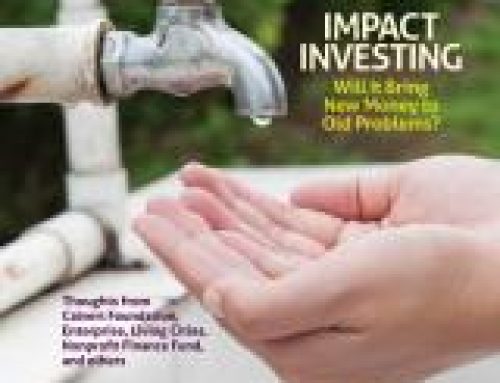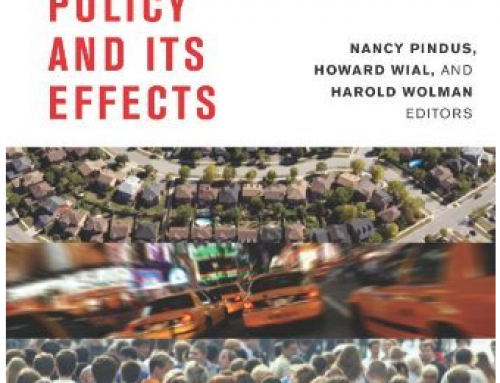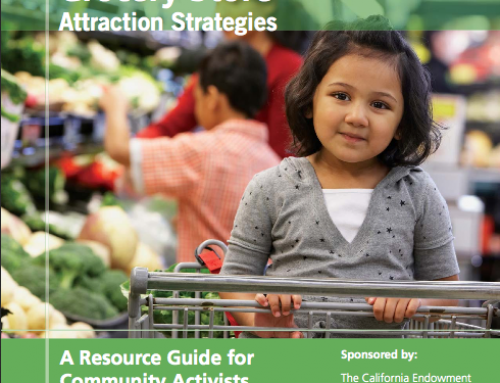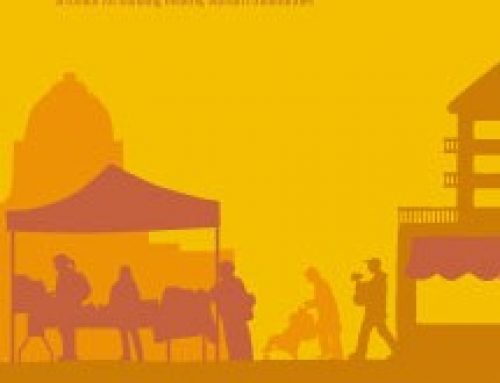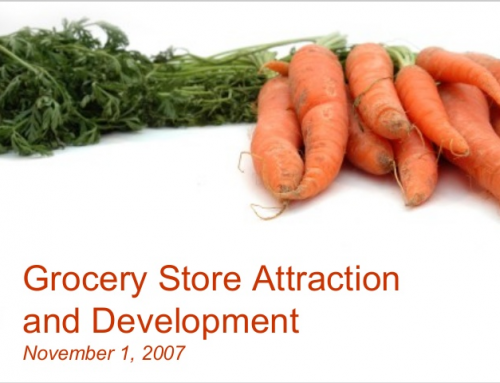Coffee shops perk up streets; SAN FRANCISCO; Cafes revitalize neighborhoods by providing safe gathering places, drawing other businesses
Marisa Lagos, Chronicle Staff Writer
The San Francisco Chronicle (California)
October 25, 2008
Neighborhoods like North Beach and Noe Valley are teeming with coffee shops, but head south and you’re likely to find people clamoring for a cafe.
In recent years, these businesses have become a key part of community efforts to revitalize commercial strips, arguably the most visible and telling element of any neighborhood. Coffee shops offer a safe, warm gathering place for neighbors, bring foot traffic to areas that need it, and tend to reflect the flavor of a community.
Sometimes they also lead to some unexpected benefits. In the Bayview, for example, Javalencia coffee shop owner Servio Gomez parlayed the success of his Third Street business – and its open mike nights – into an adjacent gallery, which focuses on local artists. Mama Art Cafe in the Excelsior district also showcases local artists and musicians, and often opens its door for community meetings. And at Joe Leland cafe in Visitacion Valley, people stop by just to chat with owner Russel Morine, whose business is filled with posters for community events.
“There wasn’t a cafe on Mission Street in the Excelsior when I first became supervisor in 2001,” said Supervisor Gerardo Sandoval, adding that there are now three in the area. “It was one of the ideas that always came up when you sat down with a group and said, ‘What would you like to see happen to the street?’ I think that reflects a need that people have for community, and a space where they can come together and relax.”
Draw for other businesses
That’s exactly what Portola district neighbors have been asking for, said longtime resident Irene Crescio.
“We’ve been trying to get a coffee shop on San Bruno Avenue for a good six, seven years,” she said. “Once we get a business like that in, it will draw other businesses.”
Cafes can help draw other businesses to an area previously seen as unsafe or untenable, agreed Rick Jacobus, a retail revitalization consultant who has helped efforts in the Excelsior and Portola districts.
“The presence or absence of different businesses telegraphs the success of a neighborhood,” he said. “A retail area is a neighborhood’s front door. It’s the face they present to the outside world. If you have a coffee shop, it sends a message about what kind of neighborhood you have. … It seems like it’s successful, safe and desirable.”
Later hours
They also make nighttime businesses, such as restaurants, more likely to move in, he said.
“Cafes can have longer hours than other businesses,” he said. “In the Excelsior, people wanted the commercial district to feel like a safe place, but it felt closed up at night. You can’t just open up one restaurant and expect it to survive, but a coffee shop can stay open later and bring some eyes to the street.”
That’s exactly what Javalencia and Art94124 have done since opening this year on Third Street in the Bayview, said India Basin resident Kristine Ennea. That commercial corridor lost a number of businesses during the drawn-out construction of the Third Street Light Rail.
“It was sorely needed,” Ennea said of the cafe. “In the Bayview, probably more than any other neighborhood, there’s a perception of danger. If you have businesses clustered together, they start drawing in customers and people feel safe.”
Gentrification fears
The fear of gentrification is a real one, but neighbors say coffee shops, if done right, can actually bring together different groups that exist within neighborhoods. This is particularly the case when they are owned by community members, such as Morine, who grew up in the Bayview and has lived in Visitacion Valley for 12 years.
“It wasn’t my goal to own a coffee shop,” said Morine, who recently completed his master’s degree in city planning from UC Berkeley. “But a cafe was the one thing the community wanted that we didn’t have that was doable. It’s a place for people to meet, sit and talk – and it’s there every day.”
All income strata
Many communities list other businesses, including grocery stores and bookstores, right up there with cafes when they are trying to revitalize commercial corridors. But coffee shops are often more likely to materialize because they are fairly simple retail businesses, Morine said.
And, regardless of your ethnic or socioeconomic heritage, you can usually find something you like there, said Sandoval.
“There are often questions about who will pay $3 for a cup of coffee, that it won’t be a lot of working-class people,” he said. “But surprisingly, that’s not the case – if you go into these cafes, you will find people from all economic stratums reading newspapers, using the Internet or talking to friends. People want a place to congregate and socialize.”
Copyright 2008 San Francisco Chronicle All Rights Reserved
